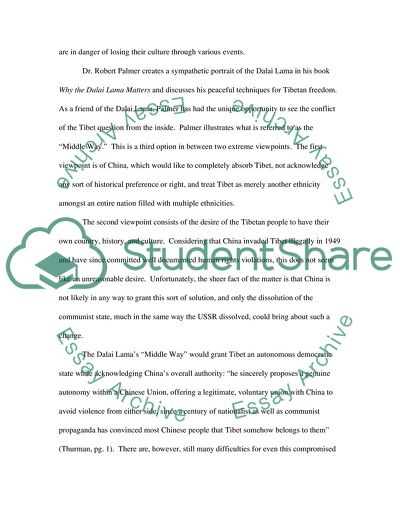Cite this document
(The Tibet Question - The Dalai Lama Shaping Modern History in Tibet Literature review, n.d.)
The Tibet Question - The Dalai Lama Shaping Modern History in Tibet Literature review. https://studentshare.org/history/1716688-the-tibet-question-the-dalai-lama-shaping-modern-history-in-tibet
The Tibet Question - The Dalai Lama Shaping Modern History in Tibet Literature review. https://studentshare.org/history/1716688-the-tibet-question-the-dalai-lama-shaping-modern-history-in-tibet
(The Tibet Question - The Dalai Lama Shaping Modern History in Tibet Literature Review)
The Tibet Question - The Dalai Lama Shaping Modern History in Tibet Literature Review. https://studentshare.org/history/1716688-the-tibet-question-the-dalai-lama-shaping-modern-history-in-tibet.
The Tibet Question - The Dalai Lama Shaping Modern History in Tibet Literature Review. https://studentshare.org/history/1716688-the-tibet-question-the-dalai-lama-shaping-modern-history-in-tibet.
“The Tibet Question - The Dalai Lama Shaping Modern History in Tibet Literature Review”. https://studentshare.org/history/1716688-the-tibet-question-the-dalai-lama-shaping-modern-history-in-tibet.


